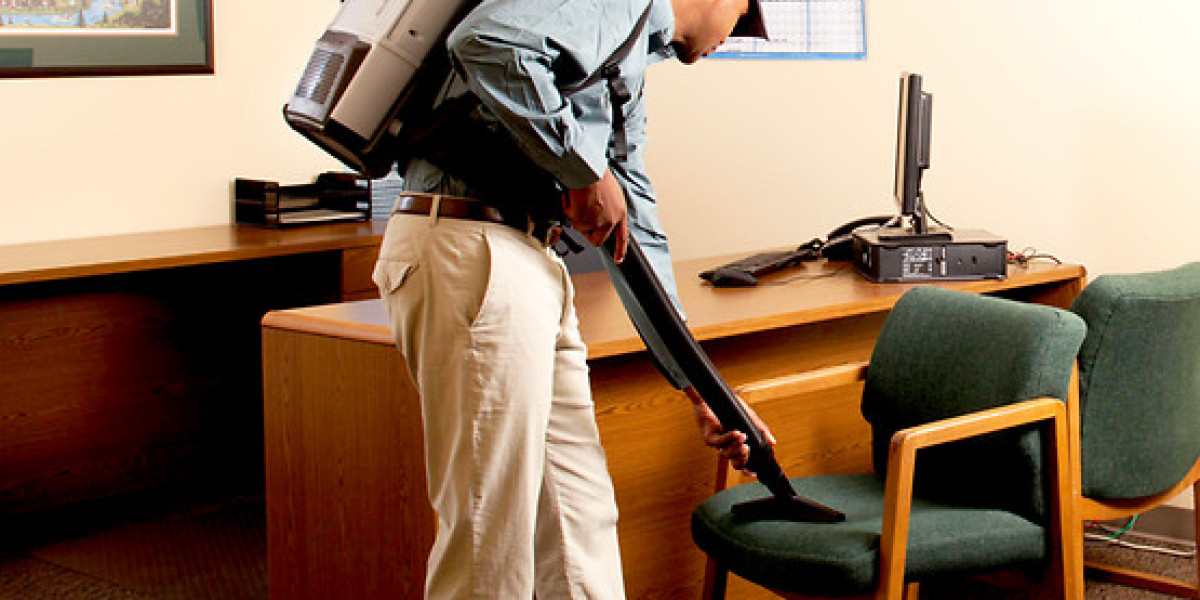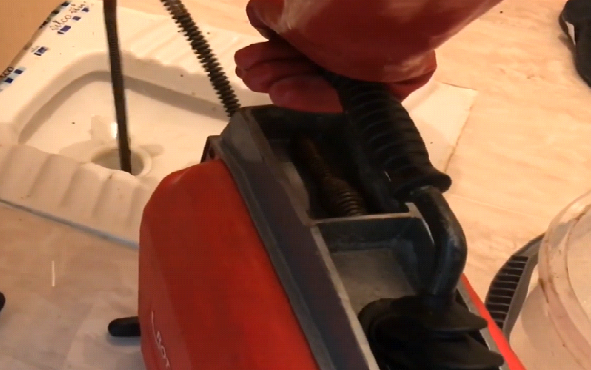Maintaining a clean and inviting workspace is crucial for businesses of all sizes. One often overlooked aspect of this maintenance is the regular cleaning of commercial furniture. Over time, office chairs, desks, sofas, and other upholstered items accumulate dirt, dust, allergens, and germs, which can impact both the aesthetics and the health of your workplace. The question many business owners and facility managers ask is: How often should you schedule commercial furniture cleaning?
In this article, we explore expert opinions and industry best practices to help you determine the optimal frequency for commercial furniture cleaning that fits your specific needs, budget, and environment.
Why Regular Commercial Furniture Cleaning Matters
Before diving into how often cleaning should be scheduled, it’s important to understand why this service is essential.
Commercial furniture endures heavy use and exposure to contaminants such as:
Dust and dirt tracked in from outside
Food and drink spills
Body oils and sweat
Pet dander (in pet-friendly offices)
Allergens like pollen and dust mites
Bacteria and viruses from frequent human contact
Neglecting regular cleaning leads to visible wear and tear, unpleasant odors, and an increased risk of spreading illnesses in the workplace. Professional commercial furniture cleaning helps maintain a hygienic, fresh, and professional environment that supports employee productivity and leaves a positive impression on clients and visitors.
Factors Influencing How Often You Should Clean
Experts emphasize that the frequency of commercial furniture cleaning is not one-size-fits-all. Instead, it depends on several key factors:
1. Type of Business and Industry
Different industries have varying cleanliness requirements. For example:
Healthcare Facilities: These require frequent cleaning—often monthly or quarterly—due to strict hygiene standards and the presence of vulnerable populations.
Food Service and Hospitality: Restaurants, cafes, and hotels must clean upholstery regularly to comply with health codes and maintain guest comfort.
Corporate Offices: Typical office spaces benefit from semi-annual or quarterly cleanings, depending on use and foot traffic.
Retail Spaces: Furniture in retail stores may need cleaning aligned with peak seasons or promotional events.
2. Foot Traffic and Usage
The volume of daily use significantly impacts how quickly furniture shows signs of dirt and wear.
High-traffic areas like waiting rooms, lobbies, and conference rooms accumulate grime faster and usually require more frequent cleaning.
Workstations or private offices with limited use might get by with less frequent cleanings.
3. Furniture Material
The material composition of your commercial furniture affects both cleaning frequency and methods:
Fabric Upholstery: Absorbs dirt, stains, and odors more readily; recommended for cleaning every 3 to 6 months.
Leather: More resistant to stains but needs conditioning and cleaning every 6 to 12 months to maintain suppleness.
Vinyl and Synthetic Materials: Generally easier to clean but should still be sanitized regularly.
4. Indoor Air Quality and Environmental Conditions
Workplaces located in busy urban areas, or near construction sites, are exposed to higher dust levels and pollutants. Similarly, offices with poor ventilation may experience faster buildup of odors and allergens, necessitating more frequent cleaning.
5. Presence of Allergies or Health Concerns
If employees suffer from allergies or respiratory conditions, more frequent commercial furniture cleaning can help reduce triggers like dust mites and mold spores.
What Industry Experts Recommend
Facility managers and cleaning professionals typically recommend the following general schedules for commercial furniture cleaning:
High-Traffic Public Areas: Every 1 to 3 months
Office Workstations and Conference Rooms: Every 6 months
Low-Use Areas: Annually or as needed
However, many experts stress the importance of tailoring the cleaning schedule based on ongoing inspections and workplace needs.
Signs It’s Time to Schedule Commercial Furniture Cleaning
Beyond set schedules, it’s helpful to be aware of signs indicating that your furniture needs professional attention:
Visible stains or discoloration
Persistent odors despite regular cleaning
Dust and dirt buildup noticeable to the touch
Increased allergy complaints among employees
Reduced comfort or stiffness in upholstered furniture
Regular monitoring allows facility managers to adjust cleaning frequency dynamically, optimizing hygiene and budget.
Benefits of Regular Commercial Furniture Cleaning
Maintaining a consistent cleaning schedule yields numerous benefits, including:
Improved Employee Health and Productivity: Clean furniture reduces allergens and germs, supporting overall wellness.
Extended Furniture Lifespan: Dirt and grime degrade fabrics and materials over time; professional cleaning slows this deterioration.
Enhanced Professional Image: A spotless workspace impresses clients and visitors, reinforcing your company’s commitment to quality.
Compliance with Health and Safety Standards: Particularly important in healthcare and food-related industries.
Tips for Maximizing Your Commercial Furniture Cleaning Investment
To get the best results from your commercial furniture cleaning service, consider the following:
Partner with a Reputable Cleaning Company: Choose a provider experienced in commercial settings with certified technicians.
Develop a Cleaning Plan: Coordinate with the cleaning company to establish a schedule that minimizes disruption.
Use Quality Cleaning Products: Eco-friendly, non-toxic products help protect furniture and improve indoor air quality.
Educate Employees: Encourage good habits like avoiding food on furniture and prompt reporting of stains.
Conclusion
Determining how often to schedule commercial furniture cleaning depends on a blend of factors including your industry, furniture type, usage levels, and indoor environment. While general guidelines offer a helpful starting point, the best approach is to assess your workplace’s unique needs regularly and adjust cleaning frequency accordingly.








